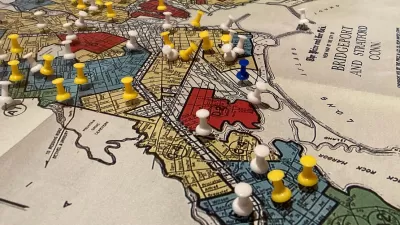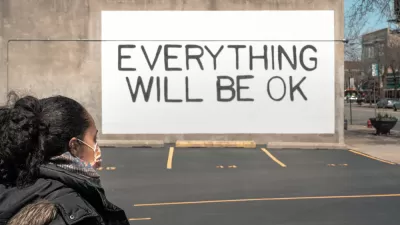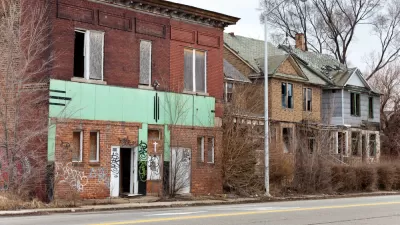Voucher recipients live in slightly better neighborhoods than the average poor household, but they still live in economically and racially segregated neighborhoods with poor-performing schools.

The Housing Choice voucher program was created to give low-income households the opportunity to move out of public housing—where the effects of the cycle of poverty are severe—and into federally subsidized rental units. The program's success depends on both the willingness of landlords in better neighborhoods to offer voucher-subsidized units and for voucher recipients to relocate to better neighborhoods.
However, concentrated poverty and segregation persist. As Elizabeth Kneebone and Natalie Holmes write, voucher recipients' "housing choices remain limited to racially segregated low-income neighborhoods that may not be much different than where they started...Delivering on the potential of the voucher program to improve access to opportunity means grappling with the barriers to mobility that restrict its use."
Kneebone and Holmes compare the conditions of voucher holders with poor families living in rental housing and public housing. They find that across the country, voucher holders live in less concentrated poverty than public housing residents and low-income renters, but they still live in majority-minority neighborhoods where the average poverty rate is between 19 and 29 percent. They cite a Macarthur Foundation study, which finds that voucher holders live near lower-performing schools than poor families overall, but higher-performing schools than public housing residents.
FULL STORY: Promise and pitfalls of housing choice vouchers vary across the nation

Alabama: Trump Terminates Settlements for Black Communities Harmed By Raw Sewage
Trump deemed the landmark civil rights agreement “illegal DEI and environmental justice policy.”

Planetizen Federal Action Tracker
A weekly monitor of how Trump’s orders and actions are impacting planners and planning in America.

The 120 Year Old Tiny Home Villages That Sheltered San Francisco’s Earthquake Refugees
More than a century ago, San Francisco mobilized to house thousands of residents displaced by the 1906 earthquake. Could their strategy offer a model for the present?

Ken Jennings Launches Transit Web Series
The Jeopardy champ wants you to ride public transit.

BLM To Rescind Public Lands Rule
The change will downgrade conservation, once again putting federal land at risk for mining and other extractive uses.

Indy Neighborhood Group Builds Temporary Multi-Use Path
Community members, aided in part by funding from the city, repurposed a vehicle lane to create a protected bike and pedestrian path for the summer season.
Urban Design for Planners 1: Software Tools
This six-course series explores essential urban design concepts using open source software and equips planners with the tools they need to participate fully in the urban design process.
Planning for Universal Design
Learn the tools for implementing Universal Design in planning regulations.
Clanton & Associates, Inc.
Jessamine County Fiscal Court
Institute for Housing and Urban Development Studies (IHS)
City of Grandview
Harvard GSD Executive Education
Toledo-Lucas County Plan Commissions
Salt Lake City
NYU Wagner Graduate School of Public Service





























